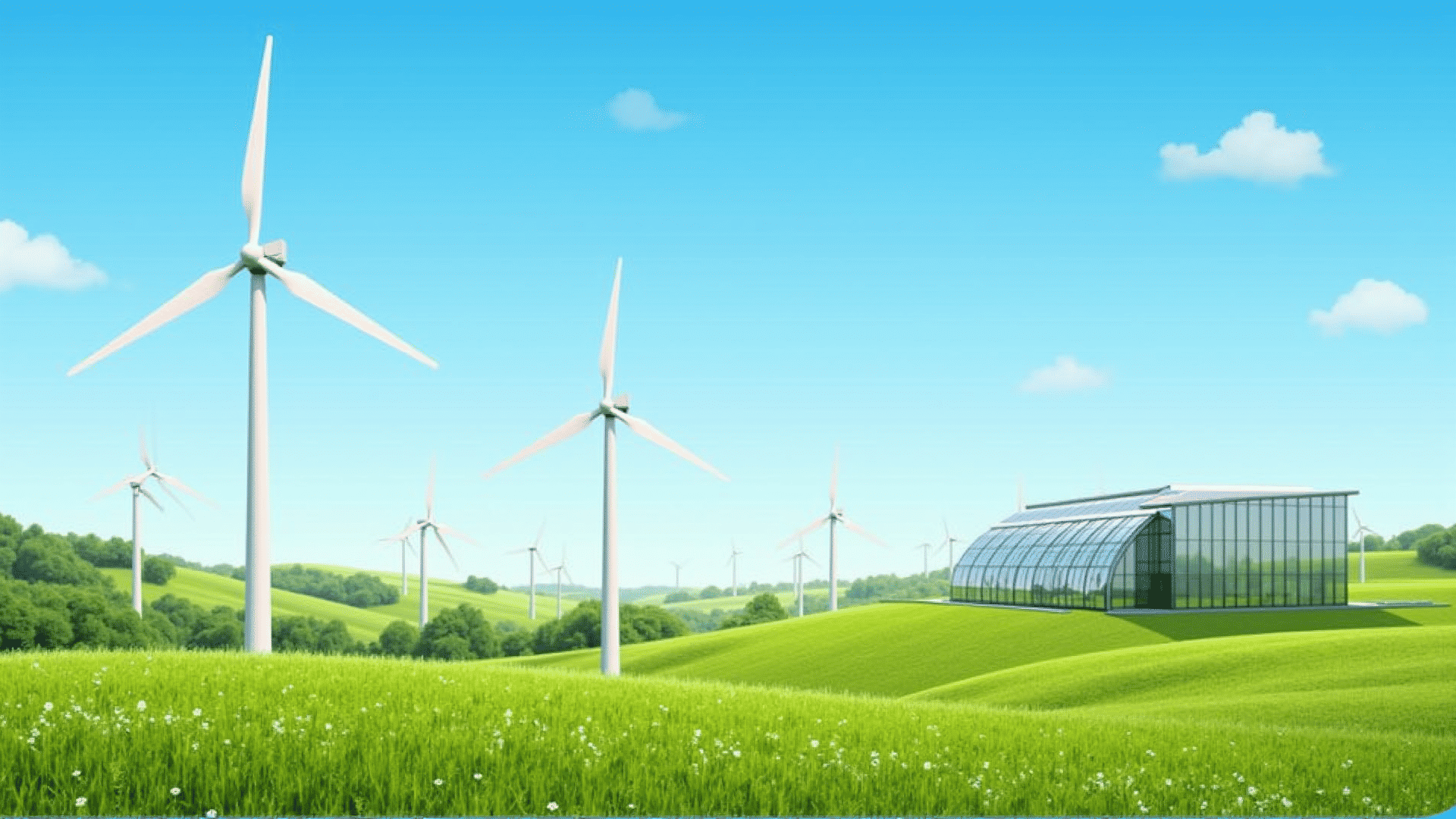In today's rapidly evolving global landscape, the pursuit of long-term sustainability has become an imperative consideration for resource allocation. The challenge lies in effectively balancing the needs of the economy, the environment, and society. Resource allocation that prioritizes sustainability involves innovative strategies to ensure that economic activities do not compromise ecological health and social equity.
One fundamental approach is the promotion of a circular economic framework. This model emphasizes reducing waste and maximizing the lifecycle of products and resources. By designing systems where outputs are reintroduced as inputs into productive processes, natural resources are conserved, and environmental impact is minimized. This approach not only helps in preserving ecosystems but also fosters a shift in consumer behavior towards responsible consumption.
In addition to adopting a circular approach, it is crucial to integrate renewable energy sources into the infrastructure of modern economies. The transition from fossil fuels to sustainable energy solutions like solar, wind, and geothermal minimizes carbon emissions and reduces reliance on depleting resources. This shift requires forward-thinking policies and financial mechanisms that encourage the development and adoption of clean technologies.
Water resource management serves as another critical aspect of sustainable allocation. Climate change and population growth pose significant challenges to water availability and quality. Implementing efficient water use practices and investing in infrastructure for water recycling and conservation can safeguard this vital resource. Moreover, addressing water rights and accessibility for all communities ensures that societal needs are met equitably.
In parallel, sustainable agriculture practices play a pivotal role in balancing resource demands. Techniques such as crop rotation, agroforestry, and organic farming not only enhance soil health but also reduce the environmental footprint of agriculture. Fostering local food systems through farmer-support programs and community gardens can also enhance food security and strengthen local economies.
The role of technological innovation and digital transformation cannot be overstated in this context. Technologies such as artificial intelligence, blockchain, and the Internet of Things can optimize resource allocation by improving efficiency and reducing waste. These systems enable data-driven decision-making, allowing industries and governments to track resource use accurately and make informed choices that align with sustainability goals.
Education and awareness-raising are equally important in encouraging sustainable practices. By nurturing a culture that values ecological stewardship and social responsibility, communities are empowered to participate actively in sustainability efforts. Educational programs that highlight the interconnectedness of environmental, economic, and social systems can inspire the next generation to advocate for a balanced resource allocation.
Finally, a cooperative approach involving multiple stakeholders, including governments, businesses, non-governmental organizations, and communities, is essential. Policies that promote collaborative governance and public-private partnerships can drive the collective action needed to implement sustainable resource allocation strategies.
In conclusion, achieving sustainability requires a comprehensive and integrated approach to resource allocation. By embracing circular economic principles, renewable energy, water conservation, sustainable agriculture, technological innovation, and education, societies can move towards a future where economic activities are harmonized with environmental preservation and social well-being. This vision not only addresses the challenges of our times but also lays the foundation for a more resilient and equitable world.
